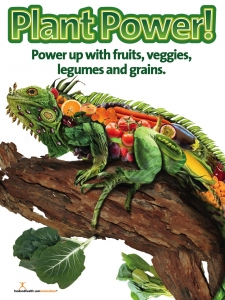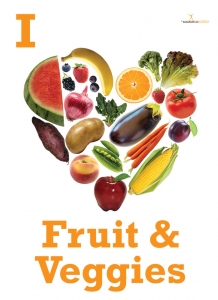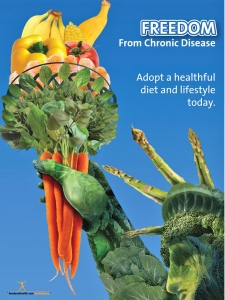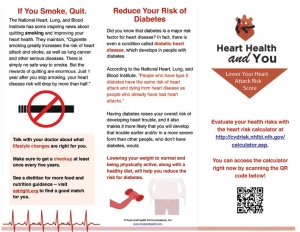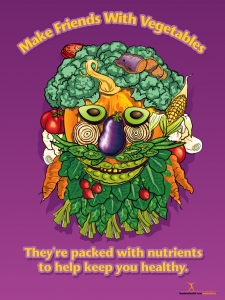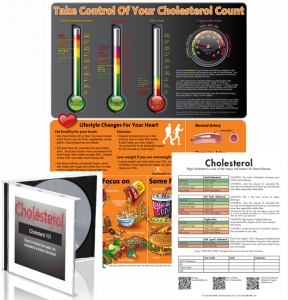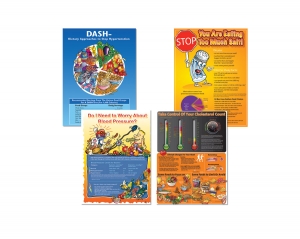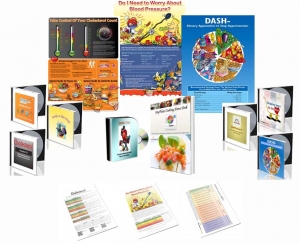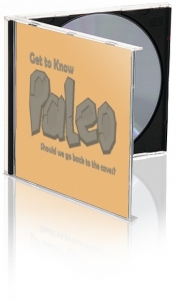I imagine that everyone who teaches people about healthful eating has at least one problem in common.
Their families.
My husband had a heart attack last September. He had that heart attack after we were already eating a reasonably healthful diet. (We mostly eat according to the Dietary Approach to Stop Hypertension diet). We were watching the levels of saturated fats, calories, sodium, and fiber in all the foods we were eating. We were both losing weight, and his last blood tests were significantly better.
The week after his heart attack, I started teaching a (previously-scheduled) weight loss and healthful eating class. Now our sessions are almost over. As the class began to draw to a close, one of the ladies said to me “I wish I could take you home so you could guide and coach me.”
My husband has me at home. What does he call me?
I’ll give you a hint. It’s not “coach.”
He calls me “The Food Police.”
I went with him to his cardiac rehab class when they talked about diet. The instructor did a great job. He said things that I know I have also told my classes… almost exactly word for word. But, it’s easier to hear this information from someone else, not your wife.
Eating, be it healthful or not so healthful, is such a personal thing. As we all know, it’s hard to change an eating habit, even when you’re super motivated. I can’t make my husband change his habits.
It’s hard not to be the food police. I have a sign in my office that quotes, “A crust eaten in peace is better than a banquet partaken in anxiety.” I’m trying to remember that and not police my husband’s meals at home. He says it’s hard to enjoy a meal with someone watching so closely.
But what can I do?
I’m trying to be a good role model. I’m trying to have good food in the refrigerator. I’m trying to modify recipes to make them even more healthful. I’m trying to take healthful foods when we go to parties or events. I’m trying not to suggest restaurants that would require us to make difficult decisions. I’m trying not to eat things in front of him that would be tempting.
Most of all… I’m trying to keep my mouth shut when I see him eat something that I don’t think he should eat.
It’s not fun being the “food police”
By Cheryle Jones Syracuse, MS
Professor Emeritus, The Ohio State University
Looking for ways to help your clients improve their eating and protect their hearts? Try these top-selling nutrition education materials…
Surprise! Here’s a free handout that you can use to help people evaluate whether their diets are good for their hearts. Get your copy of Eat Right for Your Heart today!
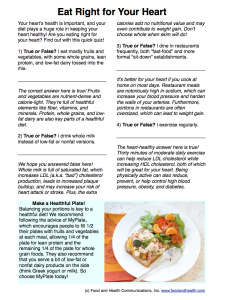 Check out these new materials for a healthy diet that are so fun you won’t be seen as the Food Police:
Check out these new materials for a healthy diet that are so fun you won’t be seen as the Food Police:
Nutrition Education Store exclusive plastic MyPlate Plate (NEW!):
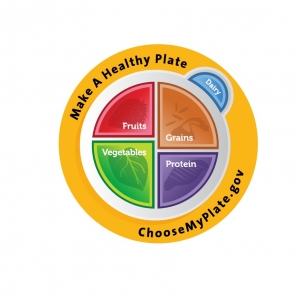
Heart Brochure set, heart posters, heart-healthy cooking instruction and more:



